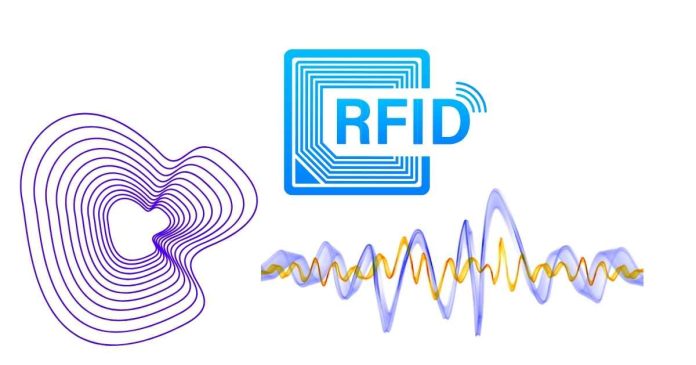The difference between frequency and relative frequency lies in how they are measured and represented in data analysis:
- Frequency:
- Frequency refers to the number of times a specific event or value occurs in a data set.
- It is simply the count of occurrences for a particular data point.
- Example: In a survey where 10 people are asked about their favorite color, if 3 people say “blue,” the frequency of “blue” is 3.
- Relative Frequency:
- Relative frequency is the proportion or percentage of times a specific event or value occurs relative to the total number of observations in the data set.
- It is calculated by dividing the frequency of an event by the total number of data points.
- Formula: Relative Frequency=Frequency of the event,Total number of observations
- Example: If in the same survey of 10 people, 3 say “blue,” the relative frequency of “blue” is 310=0.
Summary:
- Frequency is the count of occurrences.
- Relative Frequency is the fraction or percentage of occurrences relative to the total number of observations.


